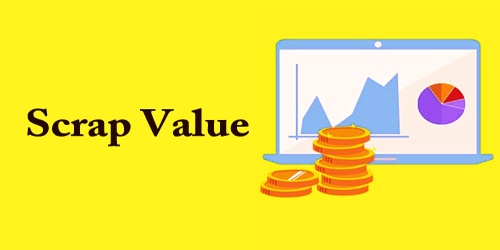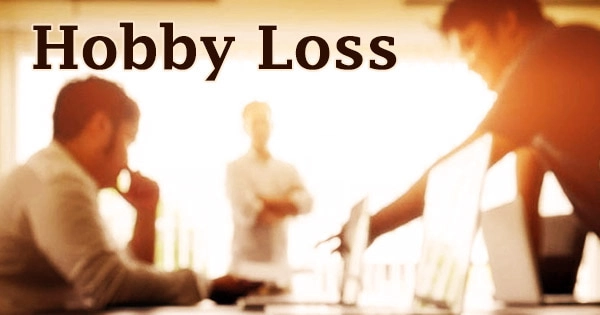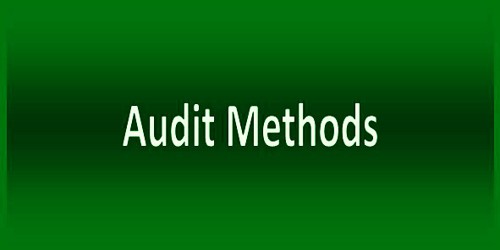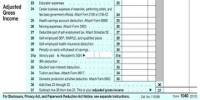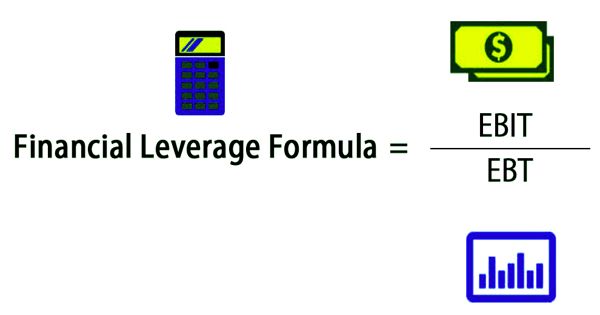In accounting, scrap value refers to an estimation of the worth of long-lived properties at the end of their useful life. It is the value of individual components of a physical object when the object itself is no longer considered available. If they can be put to other uses, the individual components, called waste, are worth something. For example, if we buy a computer and establish it’s an estimated useful life of three years, we’d depreciate that fixed asset over that period of time.
The scrap value is extracted when an asset’s owner determines whether to pay costs to maintain it or stop it, break it down and sell the pieces. Scrap products can often be used as-is, and sometimes must be recycled before they can be reused. An item’s scrap value also called residual value, break-up value, or salvage value is set by the provision and demand for the materials it will be counteracted into.
Scrap value can be defined as the physical value of all the components of a specific commodity that has little use now and is considered unusable. Often known as residual, salvage, or break-up value.
Formula and Calculating of Scrap Value:
Scrap Value = Cost of Asset − (D × Useful Life)
Where:
D = Depreciation
Example:
Cost of the asset = 700000
Useful life = 10 years
Total depreciation for 10 years = 650000
Scrap value after 10 years = 50000 (700000 – 650000)
The term ‘scrap value’ can also be extended to the leftover materials left over during a manufacturing phase. There is scrap metal, for example, leftover after parts are removed from a sheet of steel. For its scrap value, this scrap metal can be sold to a dealer. The amount of scrap purchased offsets the business’s cost of goods sold.
Scrap value is the approximate cost at which a fixed asset may be sold in complete depreciation after factoring. Typically the asset disposed of is split into several pieces, with each part being priced and sold individually. In the insurance sector, scrap value is the money which can be recovered for a property that has been destroyed or abandoned. For auto or property insurance, where the insured holds the land, the calculated scrap value is subtracted from any damage settlement.
In addition, an asset’s scrap value will be negative if the cost of disposing of the asset results in a net cash outflow which is a contributing factor in the scrap value. Getting an estimation of a long-term asset’s scrap value will help a business find out the annual cost of depreciation, which is a significant factor because it affects the amount of a company’s net profits.
Information Sources:
